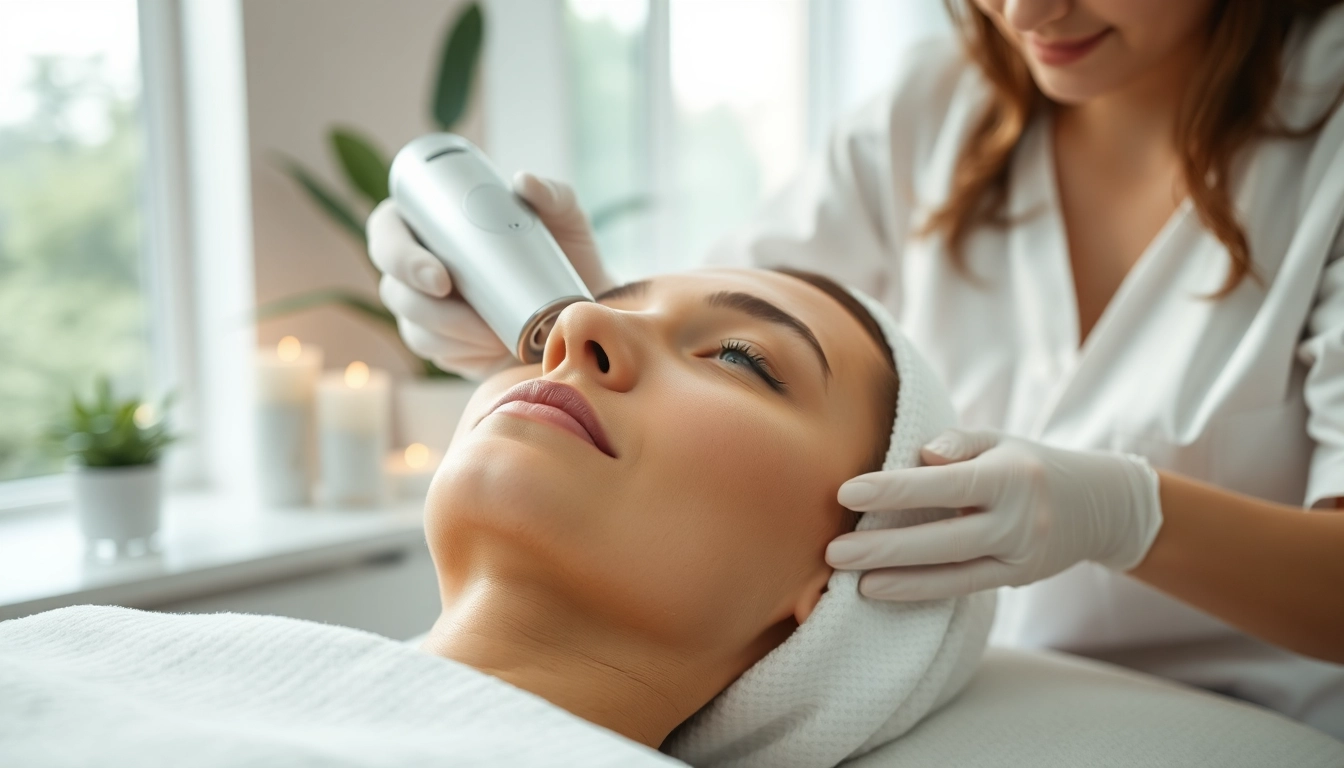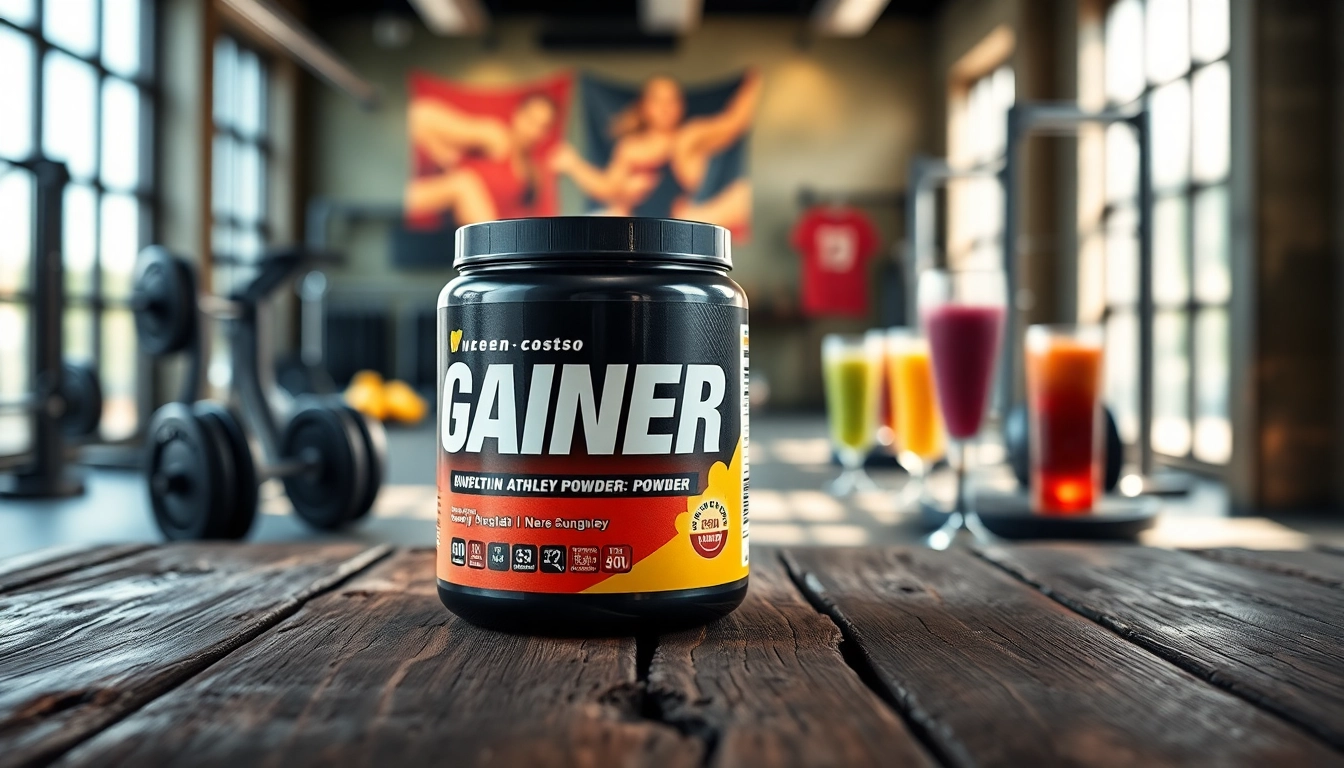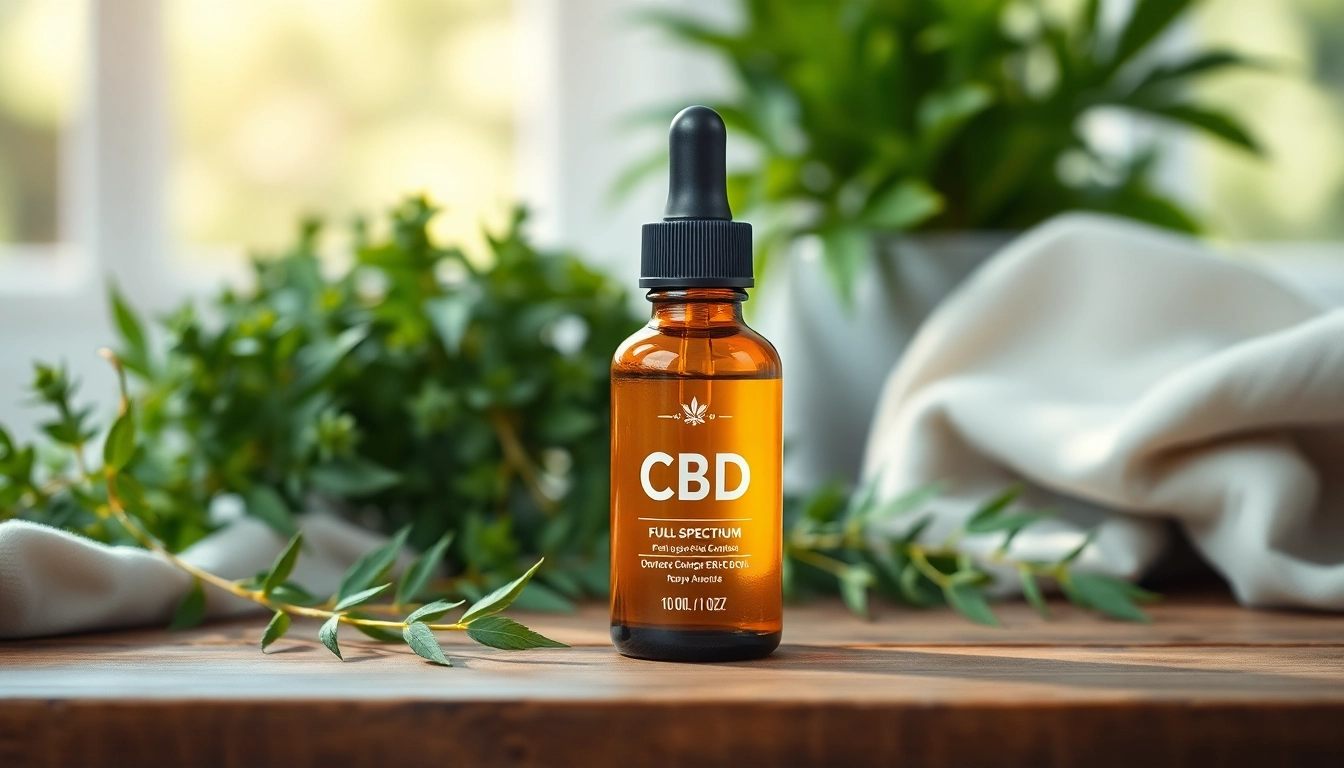Are you seeking a luxurious treatment that promises to enhance your skin’s appearance and leave you with a radiant glow? If so, the hydrafacial may be the solution you’ve been searching for. This revolutionary skincare procedure combines cleansing, extraction, and hydration, all while utilizing technologically advanced techniques to rejuvenate the skin. In this comprehensive guide, we’ll explore everything you need to know about hydrafacial treatments, including the process, benefits, suitability for different skin types, and what to expect during your visit.
What is Hydrafacial and How Does It Work?
Understanding the Hydrafacial Process
The hydrafacial is a non-invasive skincare treatment designed to cleanse, exfoliate, extract, and hydrate the skin simultaneously. It involves a multi-step process that uses patented technology, which takes the user through various stages:
- Cleansing: The procedure begins with a thorough cleansing of the skin to remove impurities and excess oils. This step prepares the skin for deeper treatment.
- Exfoliation: A gentle exfoliating solution is applied to remove dead skin cells. This helps to reveal fresher skin beneath and promotes improved texture.
- Extraction: Using a vacuum suction method, the treatment extracts debris and unclogs pores, which helps reduce the risk of acne and blemishes.
- Hydration: The final step involves a custom blend of serums packed with antioxidants, peptides, and hyaluronic acid that are infused into the skin to hydrate and nourish.
This unique process is tailored to meet individual skin needs, making it suitable for various skin types and concerns.
Benefits of Hydrafacial for Your Skin
The hydrafacial offers a multitude of benefits, making it a popular choice among beauty enthusiasts:
- Immediate Results: Many clients notice an improvement in their skin’s radiance after just one session.
- Customizable Treatments: The serums used can be tailored to address specific skin concerns such as acne, aging, or dryness.
- Hydration Boost: Enhanced skin hydration can lead to a plump, youthful appearance.
- Non-irritating: The procedure is typically safe for all skin types and does not require significant downtime.
Regular treatments may contribute to long-term advantages, including improved skin texture, a more balanced complexion, and reduced visibility of fine lines and wrinkles.
Hydrafacial vs. Traditional Facials
While both hydrafacials and traditional facials aim to improve the skin’s health and appearance, there are key differences between the two:
| Aspect | Hydrafacial | Traditional Facial |
|---|---|---|
| Technique | Uses mechanical techniques for cleansing, exfoliating, and extracting. | Primarily manual techniques, potentially causing more irritation. |
| Hydration | Infuses serums for deeper hydration. | Hydration may rely on application of creams. |
| Instant Results | Visible results after one session. | Results may take multiple sessions to become noticeable. |
In summary, while traditional facials can be effective, the hydrafacial offers a more advanced, technology-driven approach that often yields better and quicker results.
Who Can Benefit from Hydrafacial?
Skin Types Best Suited for Hydrafacial
The hydrafacial is versatile and can benefit a wide range of skin types:
- Oily and Acne-Prone Skin: The extraction process effectively targets clogged pores, reducing the frequency and severity of breakouts.
- Dry and Dehydrated Skin: The infusion of hydrating serums provides a moisture boost, making it ideal for dry skin types.
- Aging Skin: Clients looking to minimize fine lines and improve elasticity find that hydrafacial treatments can restore a youthful glow.
- Sensitive Skin: The non-invasive nature and controlled technology of hydrafacial make it suitable for those with sensitivity.
Common Skin Concerns Addressed by Hydrafacial
Many individuals seek hydrafacial treatments for specific skin concerns, including:
- Fine Lines and Wrinkles
- Uneven Skin Tone
- Hyperpigmentation
- Large Pores
- Dryness and Dehydration
- Acne and Breakouts
Each treatment can be customized to specifically address these issues, providing a personalized experience for each client.
Consultation and Recommendations
Before undergoing a hydrafacial, a consultation with a skincare professional is essential. During this meeting, the expert will:
- Assess your skin’s condition and discuss concerns.
- Recommend a personalized treatment plan.
- Address any questions or worries regarding the procedure.
By taking this step, clients can ensure they receive the most effective treatment tailored to their unique skin needs.
Preparing for Your First Hydrafacial Session
What to Expect Before, During, and After
Your first hydrafacial experience should be enjoyable and relaxing. Here’s what you can generally expect:
- Before: Arrive with clean skin, avoiding the use of heavy makeup or skincare products.
- During: The treatment will typically last about 30-60 minutes, during which you will feel a gentle suction and hydrating sensation. The professional will guide you through each step.
- After: Expect some mild redness immediately after the treatment, but this typically subsides within a few hours. You can resume normal activities right away.
Pre-Treatment Tips for Optimal Results
To maximize the benefits of your hydrafacial, consider the following pre-treatment tips:
- Avoid sun exposure, tanning beds, and excessive heat prior to treatment.
- Refrain from using retinoids or exfoliating products for a few days before.
- Stay hydrated leading up to your appointment.
Following these guidelines helps create an optimal foundation for the treatment.
Post-Treatment Care and Maintenance
- Avoid makeup for the first 24 hours to allow your skin to breathe.
- Keep the skin moisturized to maintain hydration.
- Use sunscreen daily to protect your newly treated skin from UV damage.
Incorporating these practices can help to extend the results of your hydrafacial.
Frequently Asked Questions About Hydrafacial
Is Hydrafacial Safe for All Skin Types?
Yes, hydrafacial is designed to be safe and effective for all skin types. Its customizable nature ensures that specific skin concerns are addressed without causing irritation. Clients with sensitive skin should always consult with a professional to discuss sensitivity and reactions prior to treatment.
How Often Should You Get a Hydrafacial?
For optimal results, many skincare professionals recommend undergoing a hydrafacial once a month. Regular treatments can help maintain healthy, radiant skin. However, it’s essential to consult with your skincare provider for personalized recommendations based on your skin condition and goals.
Can Hydrafacial Be Combined with Other Treatments?
Absolutely! Hydrafacial can be safely combined with various other skincare treatments, such as chemical peels or light therapy. These combinations can enhance results and address multiple skin concerns simultaneously. Always discuss your options with your skincare expert during the consultation.
Real Results: Testimonials and Before-and-After
Client Experiences and Transformations
Many clients who have undergone hydrafacial treatments report significant transformations in their skin. Testimonials often highlight immediate improvements in skin texture, tone, and hydration levels. Regular clients frequently share how their confidence has increased since beginning treatment.
Visual Guide to Hydrafacial Before and After
A before-and-after visual guide can illustrate the remarkable changes many individuals experience following hydrafacial treatments. Clients often showcase minimized fine lines, plumper skin, and evened-out skin tones. These visuals serve as powerful motivators for many to engage in this skincare regimen.
Expert Insights on Long-Term Benefits of Hydrafacial
Experts in skincare emphasize that while immediate improvements can be seen post-treatment, long-term benefits are equally noteworthy. Regular hydrafacial sessions can lead to smoother skin, improved elasticity, reduced appearance of sun damage, and a lasting radiant glow. The infusion of vitamins and nutrients during treatments aids in maintaining skin health over time.














Leave a Reply